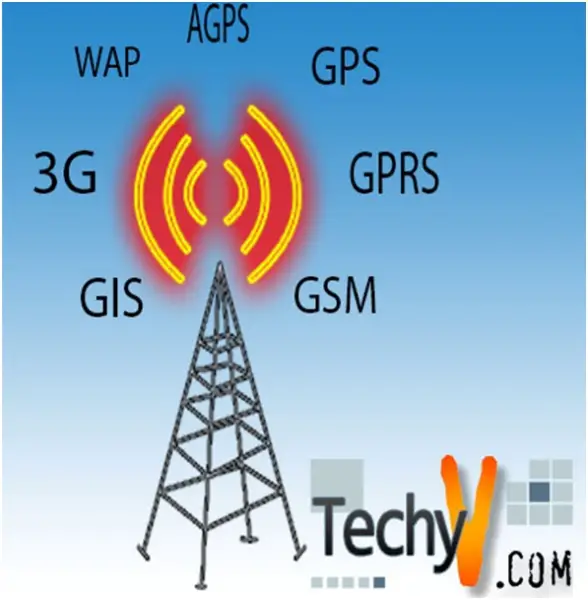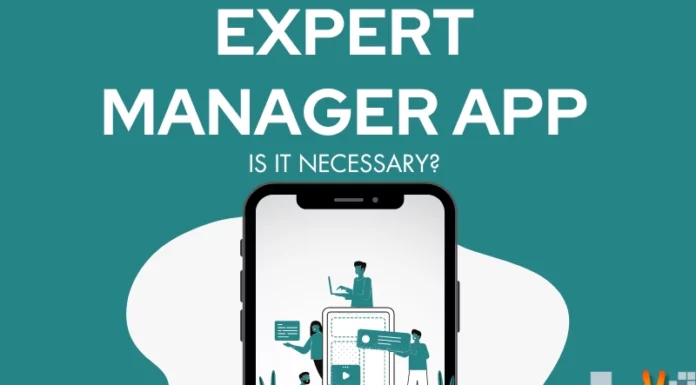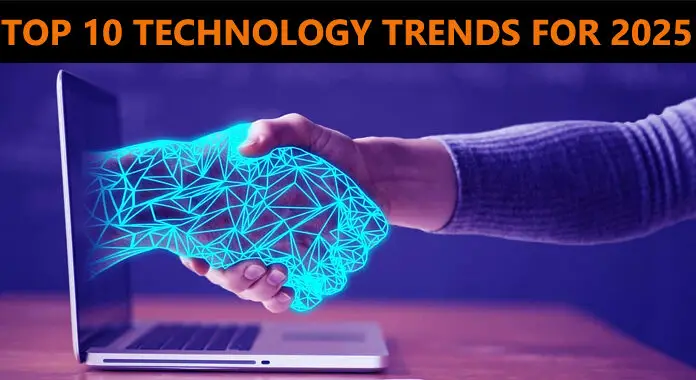GPS vs. GPRS and Other Related Technologies
Technology has really improved over the years and enhanced the way we live. It totally helped make things convenient. It is true that advancements in technology made our life more enjoyable and simple.
Among the technologies that make our lives better are GPS and GPRS. Most people think the difference between the two is just the additional letter “S”. Well I am very sorry to say that they are very wrong and that the two technologies are very different and work totally different from one another. To make sure that people understand the difference between these two technologies, this article will explain the meaning of the two, the way they work and where they are applied. The article will also look at other technologies that are in a way related to these two. The other technologies include; AGPS, GPRS, WAP, 3G, GSM and GIS.

GPS
GPS or Global Positioning System is majorly used for guiding or tracking navigation. Provided that one has a GPS device and it is fully charged and switched on, the device can be located from anywhere in the world. This technology relies on transmitted signals from the satellites placed out in space. As stated the basic use for GPS is navigation. One just needs to specify the place where they want to go from and the GPS device connects to the satellites and guides the person to where they want to go without getting lost. GPS can also facilitate communication among devices that support the technology. For example can enable communication of cell phones that support the technology anywhere in the world, this is because it uses the satellites in the Earth’s space for communication between the devices. Despite the fact that GPS is one of the most sophisticated technologies in the world, it has the disadvantage that it cannot communicate when they are in closed places such as rooms and buildings. This is primarily because the devices with this technology do not have enough signal strength in order to communicate to the satellite from closed locations.
GPRS
GPRS is an abbreviation for General Data Packet Service. This technology enables 2G networks capable of transmitting data services other than just the normal voice calls. The technology provides mobile phones with the capability to access the internet although in some sort of a limited way. GPRS technology is slowly being phased out by 3G technologies that allow people to surf the internet using their mobile phones at a faster and more convenient speed. The technology is however still widely used in the developing countries (third world countries) where the complete switch from GPRS to 3G has not happen or where the cost of implementing the 3G technology is still very high or where purchasing packages for 3G is expensive. In summary, GPRS provides a way in which people can have access to the internet using their cell phones (Cell phones that support the technology) at very cheap prices but has the disadvantage that it is slower than the 3G technology.
Other related technologies:
GSM
GSM stands for Global System for Mobile communication. This is one of the most used wireless cellular network technologies; the system uses narrow band Time Division Multiple Access (TDMA). TDMA enables GPS networks to send eight simultaneous calls using only one radio frequency. Due to the fact that GSM is widely used, it enables subscribers to use their cell phones anywhere in the world. The subscribers acquire this capability through arranged international roaming networks between mobile network operators. GSM signaling and channels are digital and because of this it is regarded as a second generation (2G) mobile phone system. GSM has facilitated the growth in the number of vendors of GSM products hence giving the mobile network providers a wide variety of vendors to choose GSM equipment from. GSM easily enabled the inception of cheap text messaging services called SMS (short messaging service).
WAP
WAP (Wireless Application Protocol) is a standard that is internationally accepted and an open standard. It enables small mobiles phones to access the internet through WAP browsers enables the phones to communicate with Other WAP equipment. The standard was built to ensure faster and reliable delivery of services to mobile users. The standard also supports most wireless networks and handheld wireless gadgets like cell phones and smart phones. WAP is communication standard that is built to work with very many operating systems.
3G
3G or 3G Generation, also called International Mobile Telecommunications-2000 (IMT—2000), is a quality standard for telecommunication devices introduced by the International Telecommunication Union. The standard was implemented to make sure that mobile and some telecommunication devices meet some specific standards. 3G networks provide faster and better data transfer rates compared to GPRS. They also offer better security mechanisms. On top of this, 3G provide fast internet connectivity to the internet for cell phones and laptops (the laptop must have a 3G modem). This technology has grown rapidly in the past few years. It is widely used in Europe, Asia and America. The technology is yet to get full implementation in many parts of Africa.
GIS
Geographic Information System (GIS) is a system that combines together hardware, software and information for getting, evaluating and editing, and displaying geographical information. GIS enables easy evaluation interpretation and understanding of maps, diagrams and charts. The Geographic Information System can be used to get answers to questions in a way that is understandable and easily shared.
AGPS
AGPS is an abbreviation for Assisted Global Positioning System, also called A-GPS. Like GPS, AGPS use satellites but unique that it uses assisted servers to carry out communication. The servers help the AGPS determine the user’s exact location even when the GPS system would not be able to. AGPS systems are able to locate locations faster than the GPS devices.
Conclusion
Just knowing that technology makes our life more enjoyable and getting pleased is not enough. One should know the basic information about the various technologies that improve our lives for them to be able to get the full efficiency and effectiveness from devices that use these technologies.

















